Virtual education in medical imaging applied to therapy: barrier or opportunity for improvement?
DOI:
https://doi.org/10.20453/rhr.v3i2.4113Abstract
Objective: To determine if there was a difference in the grades of the subject medical imaging applied to therapy in the virtual and face-to-face education modality in undergraduate students of a university in Lima. Material and Methods: Descriptive correlational study. Two groups of students were compared, one taking the course in virtual mode and the other in the face-to-face mode of the medical imaging to therapy subject to determine the difference in final grades. Mean difference statistics (T student) and normality tests (K-S) were applied. Results: The sample consisted of 64 students with a mean age of 21 (1.5) with a predominance of women (81.25%). Of which 42.2% developed the course in the face-to-face modality during the year 2019 and 57.8% virtually in the year 2020. It was demonstrated that there is a significant difference in the grades of conceptual evaluation (p<0.01), imaging (p<0.01), academic task (p<0.01) and final (p<0.01). In addition, there was a significant difference in the final grade in female students (p<0.05). Grades and age were not associated in any study modality (p>0.05). Conclusion: There was evidence of a significant difference in the grades of the medical imaging applied to therapy subject between the described modalities, being higher in the virtual modality.
Downloads
Published
How to Cite
Issue
Section
License
All articles published in the Revista Herediana de Rehabilitación are under a Creative Commons Reconocimiento 4.0 International license.
The authors retain the copyright and grant the journal the right of first publication, with the work registered with the Creative Commons License, which allows third parties to use what is published whenever they mention the authorship of the work, and to the first publication in this magazine.
Authors can make other independent and additional contractual agreements for the non-exclusive distribution of the version published in this journal, provided they clearly indicate that the work was published in this journal.
The authors can file in the repository of their institution:
The research work or thesis of degree from which the published article derives.
The pre-print version: the version prior to peer review.
The Post-print version: final version after peer review.
The definitive version or final version created by the publisher for publication.

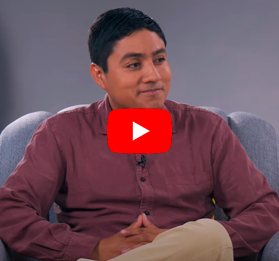





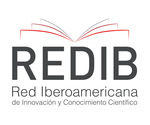
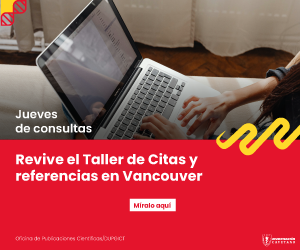
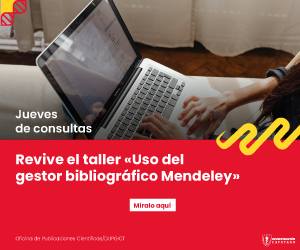
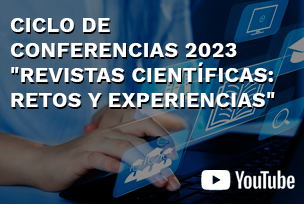
 Esta obra está bajo una
Esta obra está bajo una 